When you think about flagship smartphones these days, you usually have to pick your battles. Do you want incredible camera performance or all-day battery life? Well, Oppo just said "why not both?" with their new Find X9 Pro, and the specs are genuinely revolutionary.
The Find X9 Pro isn't just another incremental upgrade, but a complete reimagining of what a camera phone can be. We are talking about a groundbreaking 200MP telephoto camera system, an enormous 7,500mAh battery capacity, and the cutting-edge MediaTek Dimensity 9500 processor. To put this in perspective, analysts estimate that the battery capacity is 69% larger than the iPhone 15 Pro Max's 4,441mAh and 50% bigger than the Samsung Galaxy S24 Ultra's 5,000mAh battery, all while delivering what could be the most advanced telephoto system ever put in a smartphone.
What makes that 200MP telephoto camera so special?
Here is where Oppo has made some genuinely impressive engineering breakthroughs. The Find X9 Pro introduces a massive 200MP sensor specifically designed for its telephoto lens, featuring an f/2.1 aperture that is substantially wider than the f/2.6 aperture on the Find X8 Pro. That might sound like a small difference. It is not. We are talking about roughly 56% more light-gathering capability, which translates to dramatically better low-light telephoto performance and superior background blur at longer focal lengths.
This telephoto powerhouse operates at a 70mm focal length with 3x optical zoom, putting it in direct competition with the iPhone 15 Pro's 77mm 3x telephoto and Samsung's various zoom configurations. What sets it apart is simple. While Samsung uses a 200MP sensor for its main camera, Oppo is the first major manufacturer to put that resolution specifically into a telephoto lens, allowing for exceptional digital zoom quality well beyond the 3x optical range.
What really caught my attention is how Oppo has deepened its partnership with Hasselblad, now extending it to include a branded telephoto extender lens. The company has introduced upgraded Ultra-grade Danxia lenses across the entire Find X9 series, combined with what they call "the most precise active optical calibration technology" for consistently sharp results across all focal lengths.
Early camera samples are genuinely striking. One test image reached around 64MB in size, which is approaching DSLR-level file sizes and detail retention. The series has even earned the internal nickname "Hasselblad Image Quality King," and from the samples I have seen, that confidence appears well-founded. Do you need every pixel? Maybe not. Having that headroom feels great when you crop.
How does that massive 7,500mAh battery change the game?
The Find X9 Pro's battery capacity represents a fundamental shift in smartphone design priorities. At 7,500mAh, this silicon-carbon battery leverages Oppo's third-generation battery technology to pack more energy into the same space as traditional lithium batteries.
The real-world implications are impressive. Oppo claims up to two days of average usage, and independent battery drain tests show even more promising results. The Find X9 Pro achieved over 9 hours of intensive usage. That is the kind of endurance that puts it ahead of virtually every flagship on the market today.
Charging speeds do not take a hit either. You still get 80W wired charging, 50W wireless charging, and 10W reverse wireless charging. For photographers and content creators who need their phone to last through long shooting sessions, this combination of enormous capacity and rapid charging cuts through battery anxiety.
What about performance and the MediaTek choice?
Oppo's decision to choose the MediaTek Dimensity 9500 chipset over Qualcomm's Snapdragon 8 Elite is particularly intriguing. This 3nm processor positions the Find X9 series among the first devices to feature this advanced chipset.
For a camera-first flagship, the pick tracks. MediaTek's latest chipsets have proven particularly strong in AI processing and image processing capabilities, which directly benefit the 200MP telephoto system's computational photography features. The Dimensity 9500's dedicated AI processing units should excel at handling the massive amounts of data from that 200MP sensor, enabling features like enhanced digital zoom and real-time image optimization.
The display setup complements the performance story. The 6.78-inch panel features ultra-thin 1.15mm symmetrical bezels, narrower than most current flagships, so you get more screen real estate for photo editing and content consumption.
The software experience should be equally polished, with ColorOS 16 based on Android 16, ensuring users get the latest software optimizations alongside the cutting-edge hardware.
When can you get your hands on one, and what is it going to cost?
The pricing strategy is remarkably aggressive for what you are getting. In China, the Find X9 Pro costs ¥5,299 (approximately $740), while the standard Find X9 starts at ¥4,399 (around $615). For context, the iPhone 15 Pro Max starts at $1,199, and the Samsung Galaxy S24 Ultra launches at $1,299. Even accounting for potential price increases in global markets, the Find X9 Pro offers flagship features at what could be mid-range pricing. That is a curveball.
Both models are available in Silk White and Titanium Charcoal color options, featuring refined matte glass finishes and matte aluminum frames. The matte finish should prove practical for photographers who need a secure grip during long shooting sessions.
Global availability is confirmed for October 28 at an event in Barcelona, marking the first time the magnetic Hasselblad camera kit will be available worldwide, as per Notebook Check. This kit includes practical accessories like a magnetic ring light and a camera grip. Tools that could genuinely transform how mobile photographers work in challenging conditions.
What does this mean for the smartphone camera landscape?
Bottom line, Oppo has created something that could fundamentally shift flagship expectations. Reports suggest that the combination of that 200MP telephoto system with Hasselblad tuning, the unprecedented 7,500mAh battery capacity, and support for 4K 120fps Dolby Vision recording addresses the three biggest pain points in flagship smartphones: telephoto quality, battery life, and video capabilities.
The series also debuts an Android-exclusive feature with 4K 120fps Dolby Vision video recording, a capability that puts it ahead of both iPhone and Samsung in video specification terms.
For mobile photographers who have grown tired of choosing between camera excellence and battery endurance, the Find X9 Pro represents something genuinely new. With competitive global pricing and that comprehensive Hasselblad partnership bringing tangible benefits to the camera experience, this device could force competitors to rethink their approach to flagship development.
The smartphone camera arms race just entered a new phase, and other manufacturers will need to respond with similarly ambitious combinations of hardware innovation and practical user benefits. The Find X9 Pro is not just raising the bar; it is potentially redefining what that bar should be.




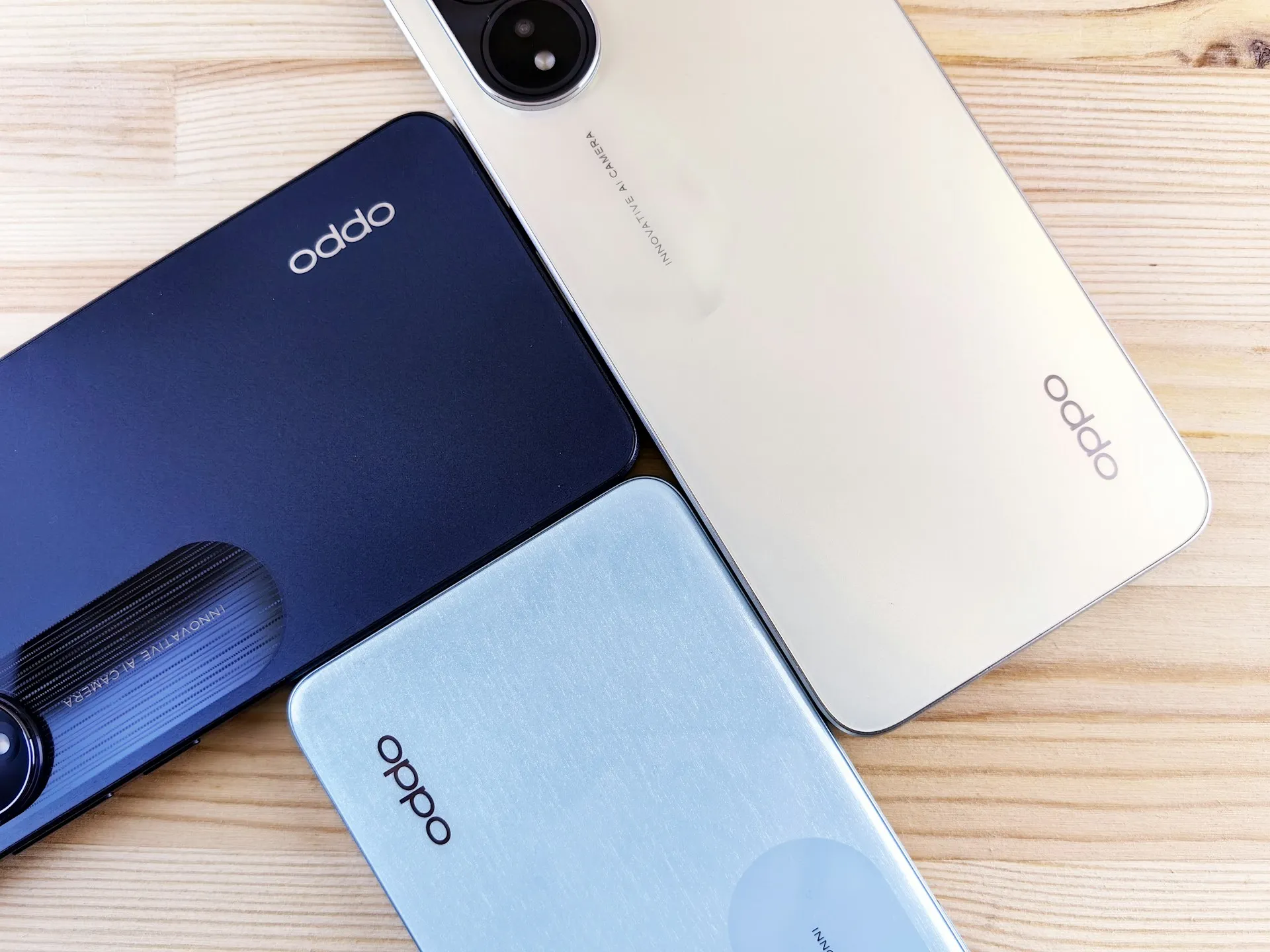


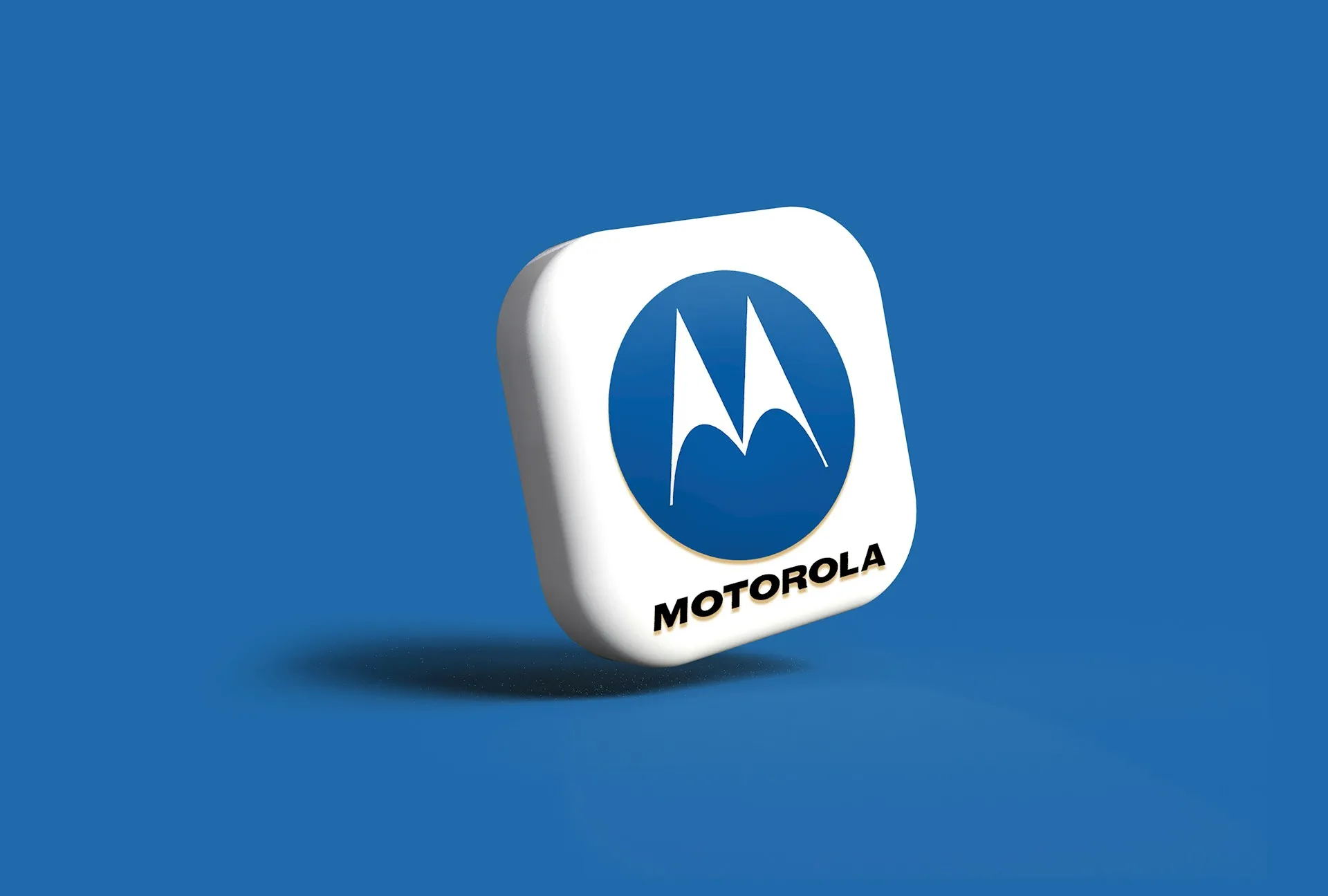
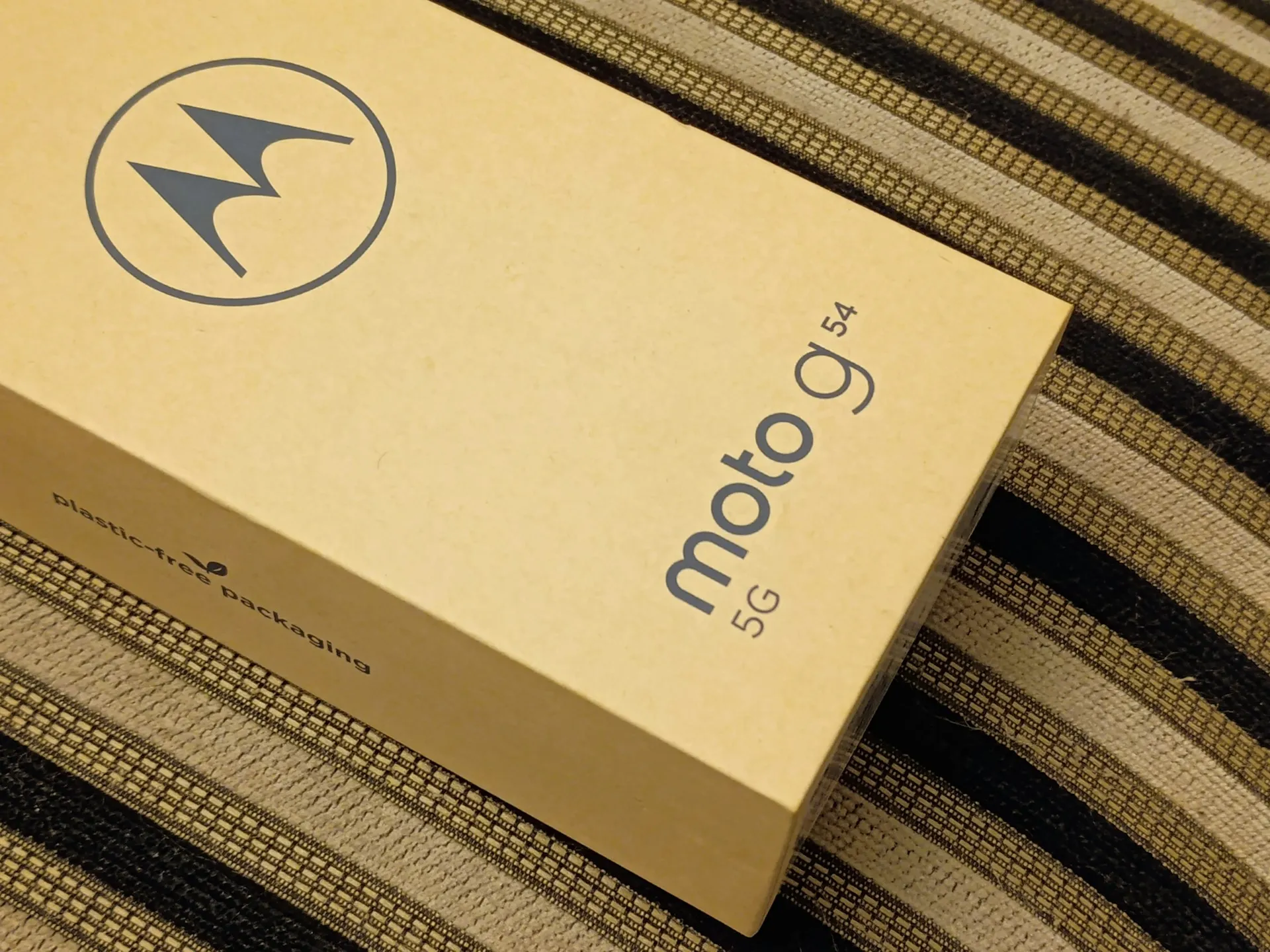

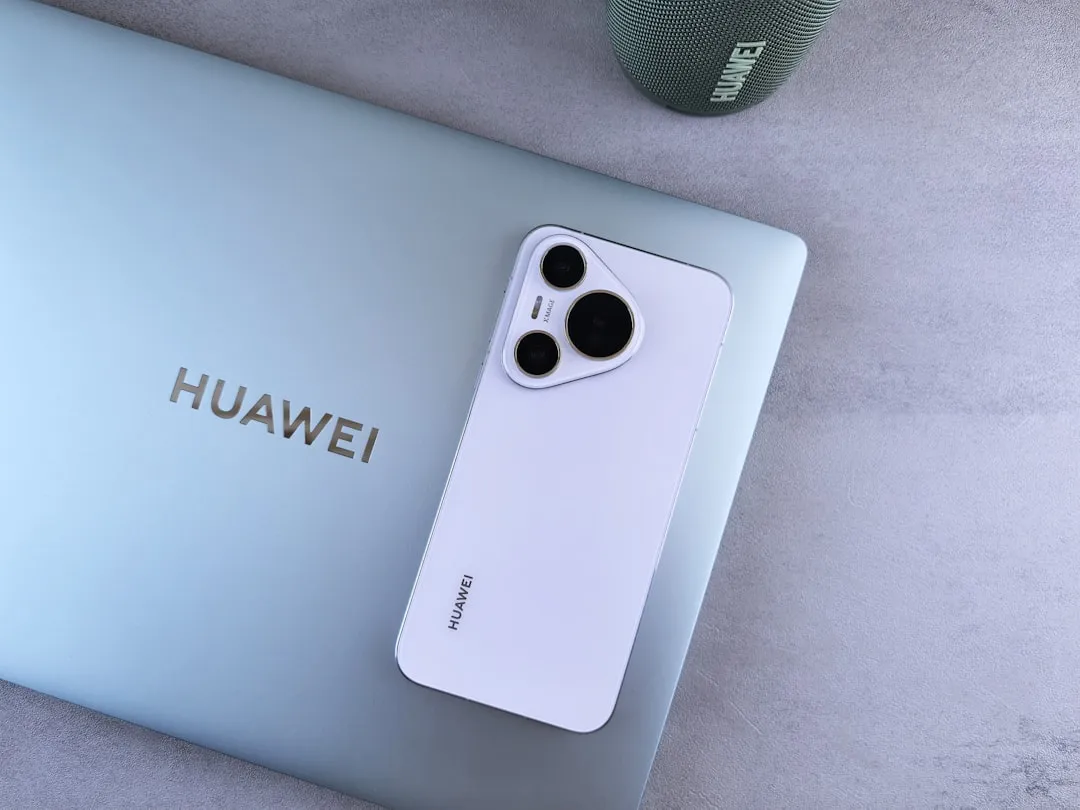

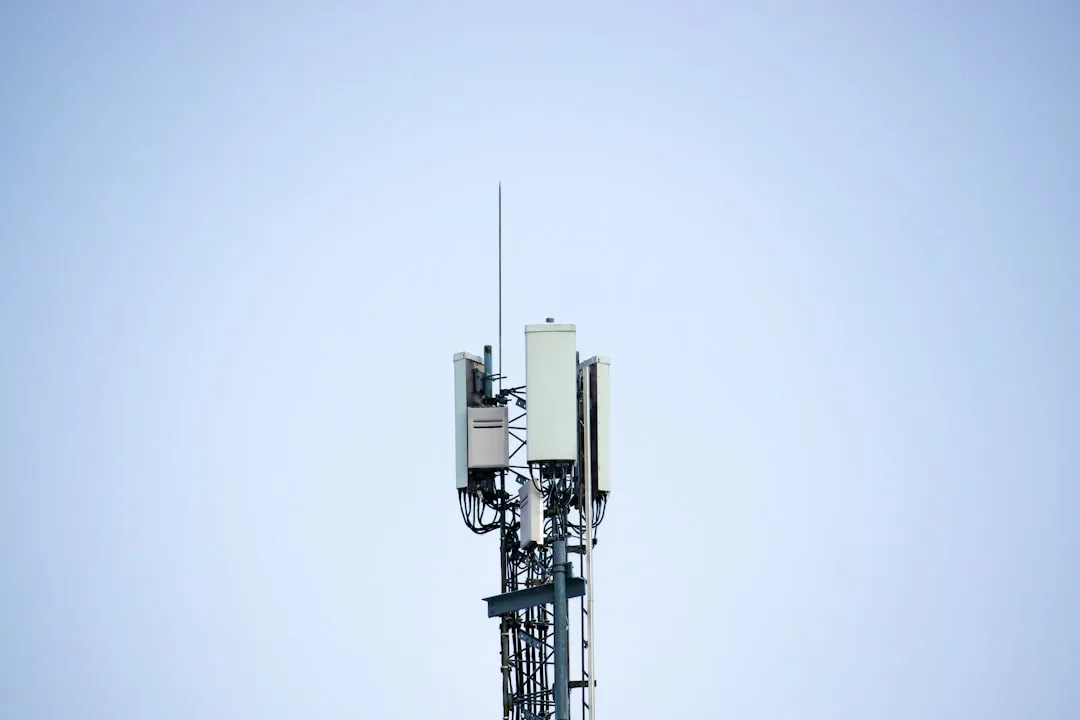
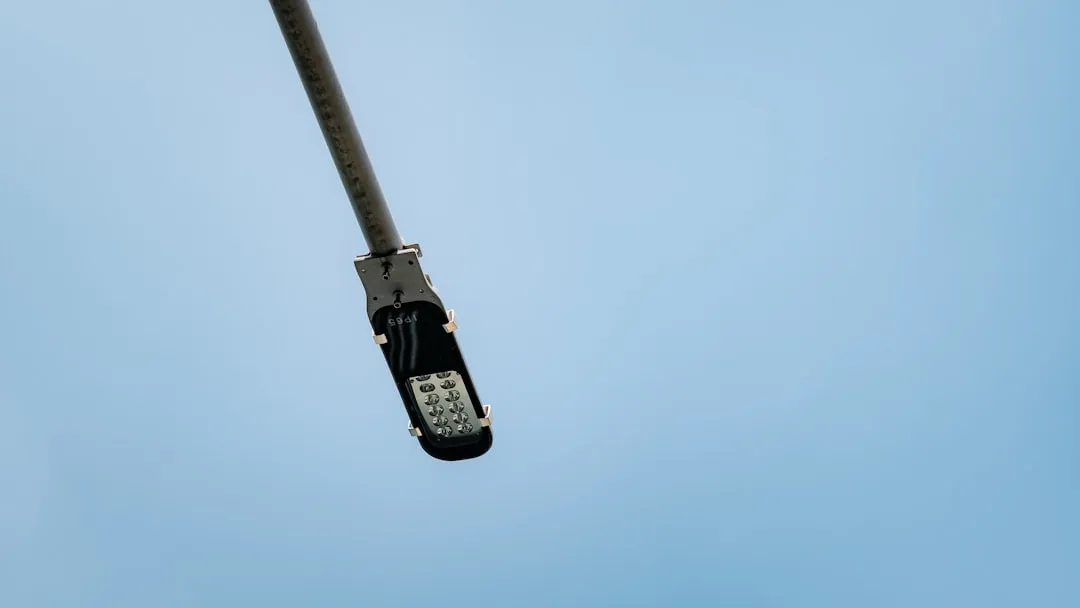

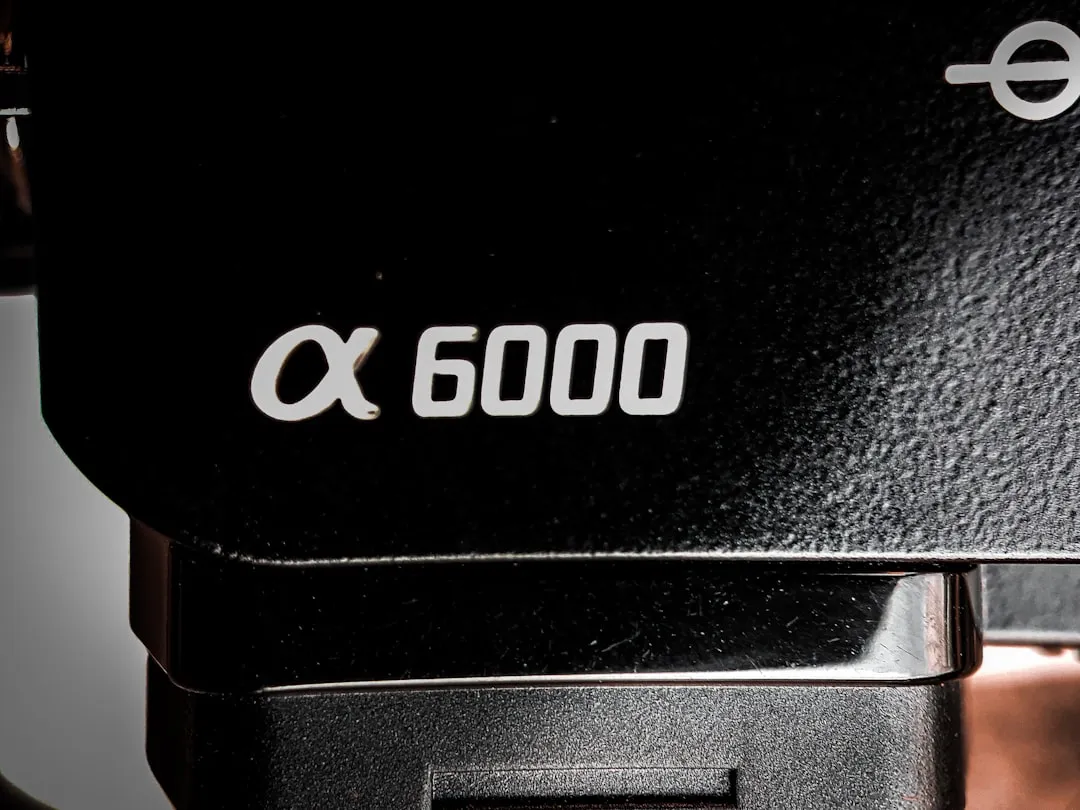



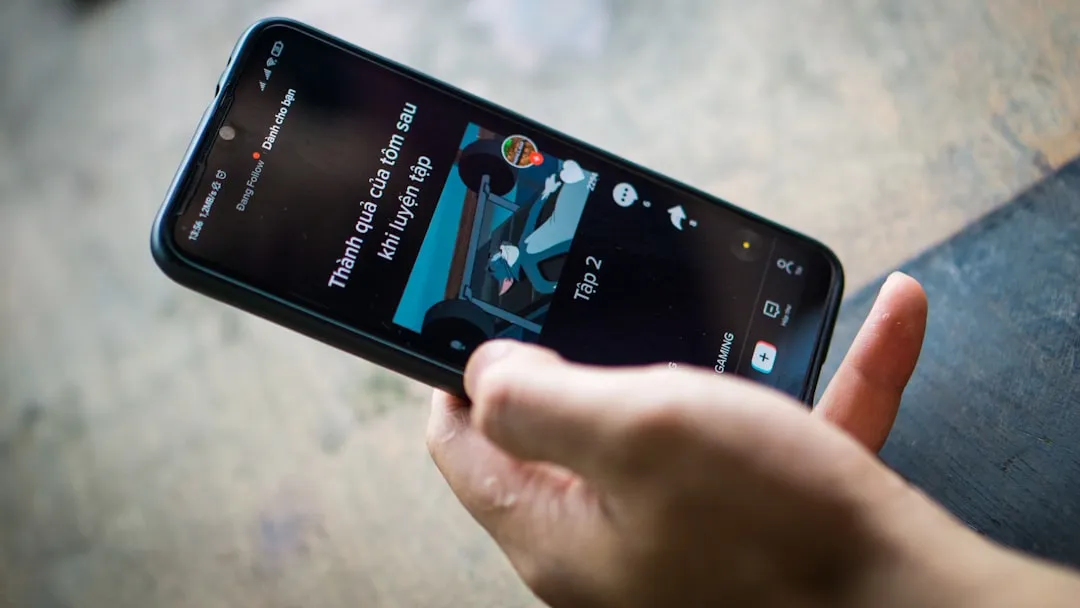


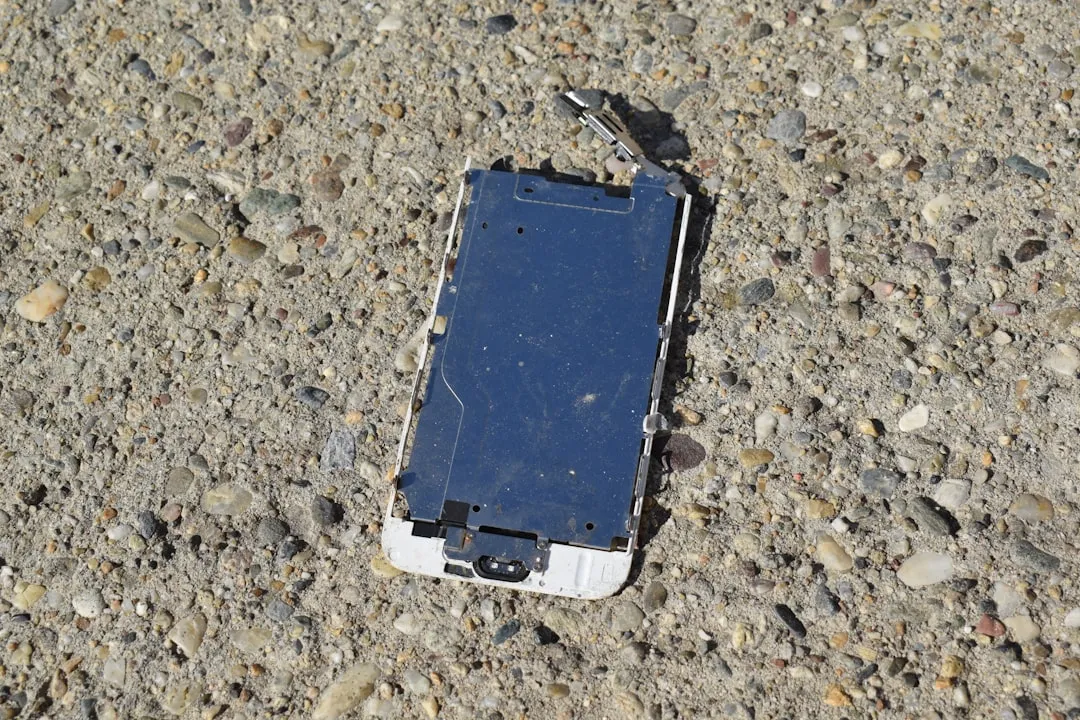

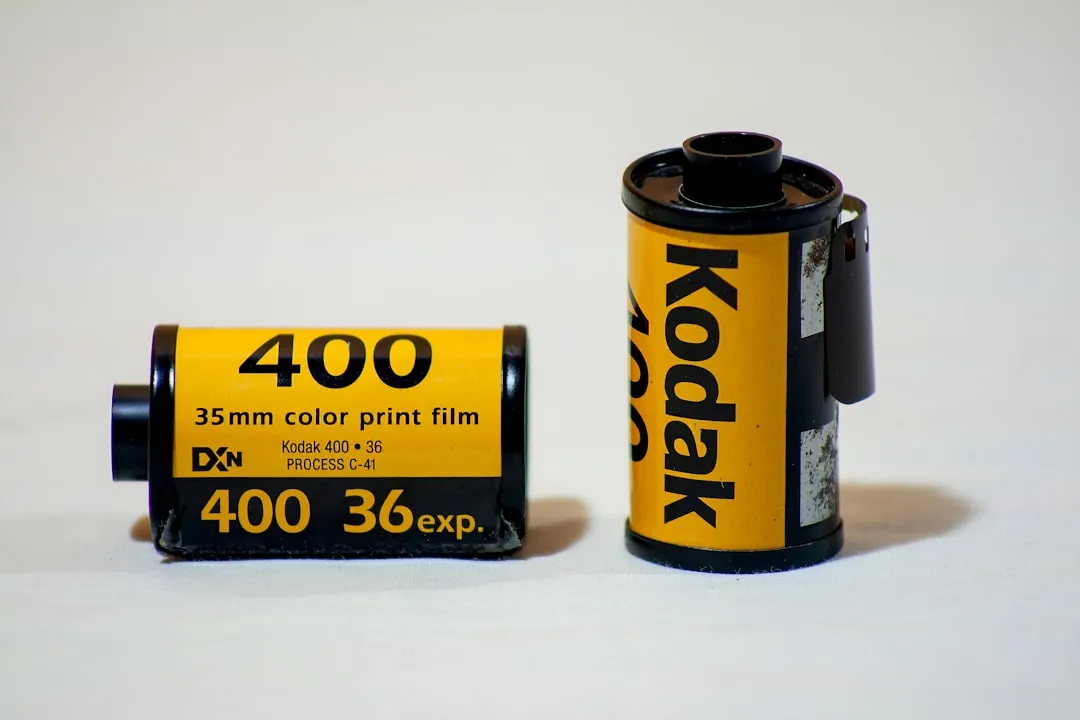
Comments
Be the first, drop a comment!